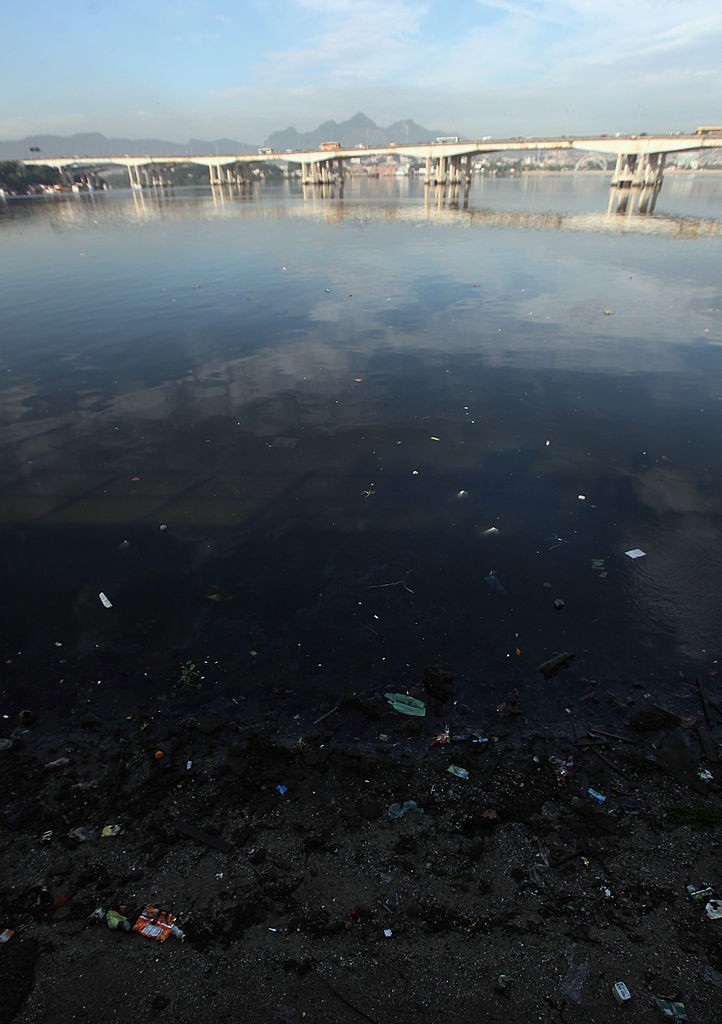
While the ocean has always been seen as a place brimming with animal life (some still not understood), there are actually places beneath it that can be very inhospitable, also known as dead zones. And no, these are not the usual pollutant hotspots or secret dumping grounds of toxic wastes.
These are oxygen minimum zones (OMZs), the so-called dead zones deep beneath the sea. And recently, scientists have been a bit puzzled with how some of these zones are a lot older than the earliest civilizations.
Ocean dead zones - Relics of prehistoric oceans
As their name suggests, OMZs are hypoxic, which means they are almost entirely devoid of oxygen. That makes it difficult for any marine animal species to even swim in the zone, let alone live in it.
And while pollution and man-made activity have resulted in some artificial OMZs in the ocean, some have been discovered in deeper places far from the easy reach of civilization. Some researchers had drilled and analyzed underwater sediments hailing from different, natural OMZs in the Pacific. When they dated these samples, however, they discovered that they were more than 1.2 million years old!
The findings give strength to the idea that OMZs form naturally across interglacial periods and did not necessarily require climate change events to form (as some other theories had originally suggested). On the other hand, the way these natural and ancient OMZs form is yet to be fully studied.
Currently, most OMZs have been observed to form due to the presence of underwater bacteria (and often in very high concentrations). These bacteria, in turn, could be attracted by anything whether it is an even higher concentration of rotting phytoplankton or some form of biological waste. Oxygen depletion via purely chemical reactions (such as increases in ocean levels or intense heat) are also possible. Of course, all of these could have very much occurred in ancient oceans and may explain their occurrences despite the absence of human activity.
Man-made dead zones still a threat
Despite these findings, they could actually serve as further warning of global warming's many dangers. Carbon levels during pre-industrial times have been mostly attributed to volcanoes and other natural phenomena. But because of human activity, those levels have been further piled on. Likewise, the existence of natural OMZs could be exacerbated just as badly by pollution and rising temperatures.
So with the growing number of artificial OMZs, the supply of oxygen in the world's oceans is in great danger of diminishing beyond its ability to sustain most marine life.
On the bright side, there are many ways industry leaders can turn things around. A few recommendations include the crackdown on biological waste from industrial farms. Unregulated fertilizer use and unmanaged livestock runoff often result in algae blooms in nearby rivers. These in turn could spread all the way to the oceans.
But thanks to growing awareness and strict policy changes, more people have taken action against this. Hopefully, with similar actions taken against other causes of OMZs, the world's oceans will see fewer dead zones even as it still struggles to combat warming waters.
© 2025 NatureWorldNews.com All rights reserved. Do not reproduce without permission.





